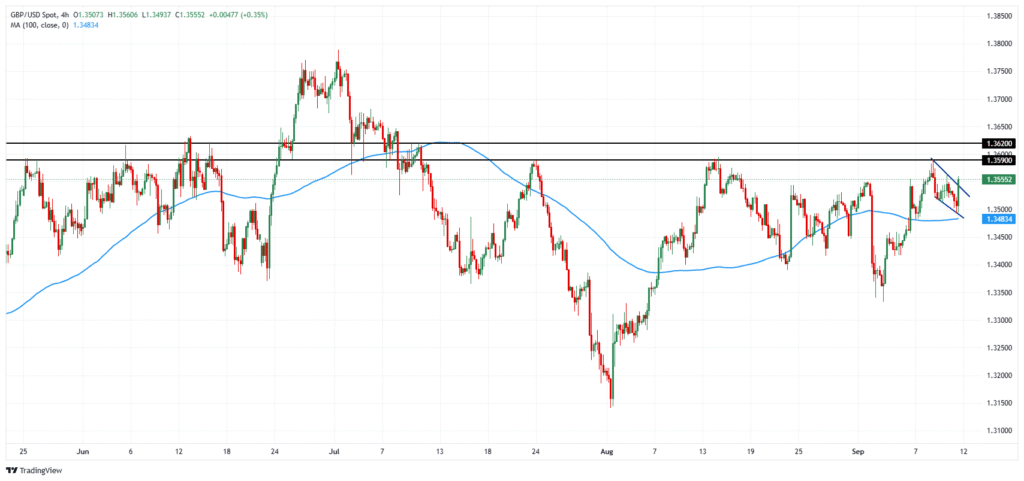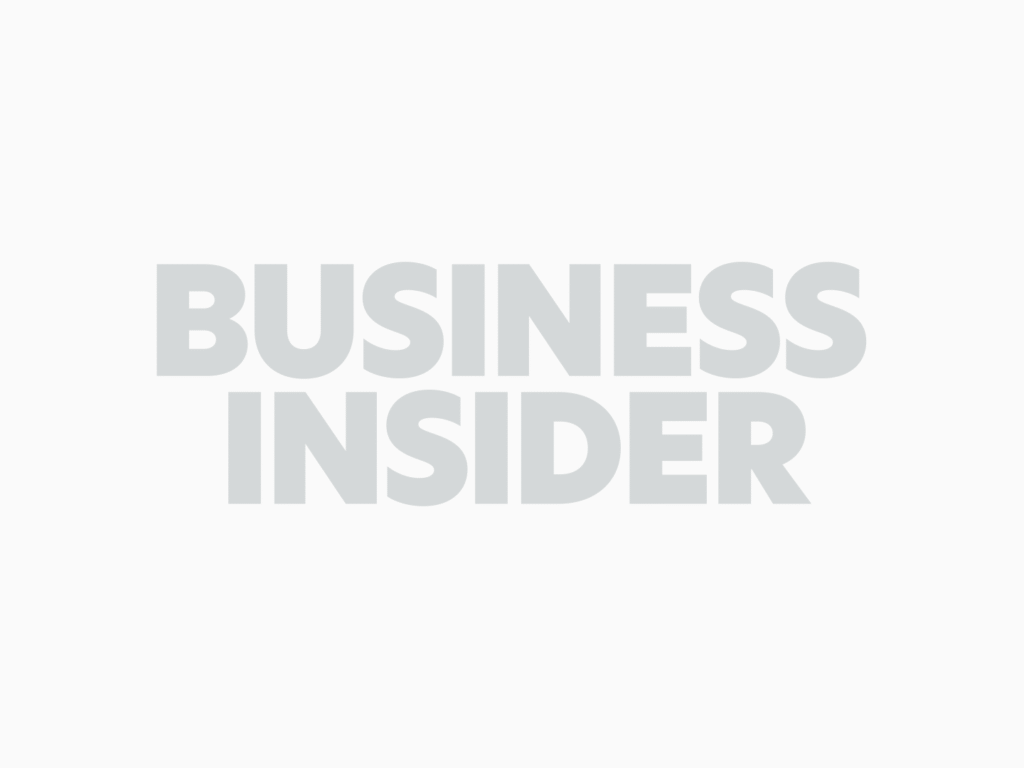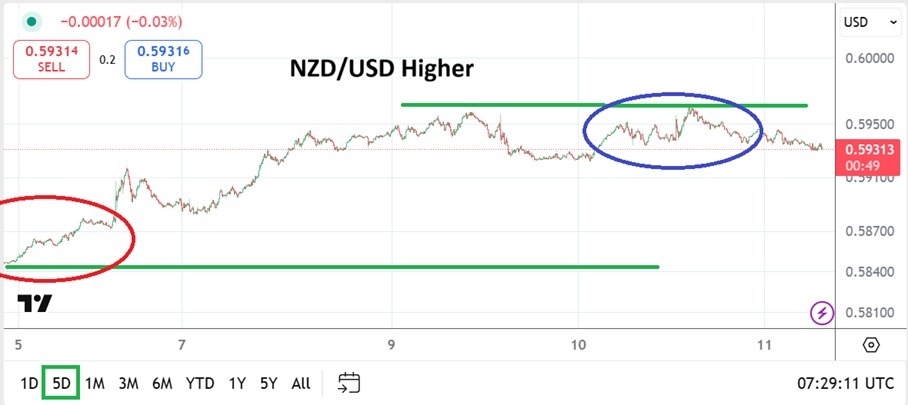Shoppers browse shoes at a store in Los Angeles on Aug. 28, 2025.
Bloomberg | Bloomberg | Getty Images
Inflation picked up in August amid higher prices for staples like food and electricity, while tariffs put upward pressure on prices for physical goods like clothing and household furniture, economists said.
The consumer price index, a key inflation gauge, rose 2.9% in August from a year earlier, the Bureau of Labor Statistics reported Thursday.
That’s an increase from 2.7% in July and the fastest annual pace of inflation since January.
“Inflation is uncomfortably high and it’s accelerating,” said Mark Zandi, chief economist at Moody’s. “I think we should expect a further acceleration in inflation over the next six to 12 months.”
Tariffs contribute to rising goods prices, economists say
The CPI tracks how quickly prices rise or fall for a basket of consumer goods and services, from haircuts to coffee and concert tickets.
Inflation is reigniting largely due to re-inflation for consumer goods, said Sarah House, senior economist at Wells Fargo Economics.
Prices for “core” commodities — which exclude food and energy — rose 1.5% in August from a year earlier, the fastest annual pace since May 2023.
Excluding the pandemic and its aftermath, core commodities haven’t risen that quickly since 2012.
Tariff policies pursued by President Donald Trump appear to be the main contributor to rising inflation for goods, she said.
U.S. entities that import goods from overseas pay the import duties. Companies will ultimately pass at least some of those additional taxes on to consumers, though the process will take many months due to various business strategies to try to blunt the impact, economists said.
“The fact that we’re seeing some of the largest tariffs since the 1940s I think is certainly a part of the pickup in goods prices,” House said.
More from Personal Finance:
Trump administration to warn families about student debt risks
ACA cliff may mean ‘huge premium shock’ in 2026
Treasury released early list for ‘no tax on tips’ deduction
The tariff impact has been most noticeable in categories like household furnishings, appliances, apparel and recreational goods, economists said.
Apparel prices, for example, have risen by a relatively muted 0.2% over the past year, according to CPI data. However, their annual inflation rate has jumped sharply in recent months, having climbed for three consecutive months from a recent low of -0.9% in May.
A large share of clothing imported to the U.S. apparel comes from Asian nations where tariffs have risen considerably, Zandi said.
“Tariffs are all over the apparel prices,” Zandi said. “They’ve risen quite strongly the last few months.”

President Trump invoked the International Emergency Economic Powers Act to impose many of his sweeping tariffs on trade partners. The Supreme Court will consider the legality of that maneuver during oral arguments in November.
Even if the Trump administration fails in court, there are alternative pathways it can pursue to keep many tariffs in place, economists said.
‘Sticker shock’ for some groceries
Physical goods aren’t the only contributor to rising inflation, however, economists said.
Grocery prices rose by 2.7% in August from a year earlier, up from 2.2% in July and their fastest annual pace since August 2023, according to CPI data.
Tariffs may be playing a role for some foods, as with coffee (much of which is sourced from nations like Brazil and Vietnam, which have high tariff rates) and those for fruits and vegetables coming from Mexico, for example, Zandi said.
Beef, for example, has also caused “sticker shock” for consumers at the meat counter, due to short supply and steady demand, according to a recent report by the Wells Fargo Agri-Food Institute.
“Fruits and vegetables, which climbed the most since January 2020, and meats, poultry, fish, and eggs were the food products where prices rose the most,” Gargi Chaudhuri, chief investment and portfolio strategist for the Americas at BlackRock, wrote Thursday. “Many of these food products were affected by tariffs as the U.S. is a net food importer.”
Services inflation seems ‘stuck’
Meanwhile, disinflation among services has stalled, meaning services likely won’t offer much of a counterbalance against rising goods inflation, House said.
“It’s no longer slowing, is the near-term issue,” House said. “We’re going to be stuck here for a few months at least, we think.”
Electricity prices, for example, are up more than 6% since August 2024, according to CPI data.
That’s due largely to strong demand created by the “explosive growth” of data centers, which use ample electricity, Zandi said.
Travel prices have also picked up. Airline fares increased almost 6% from July to August (up from 4% the prior month), while lodging like hotels and motels rose almost 3%, according to CPI data.
The pickup is likely due to consumer demand, House said. Consumers concerned about the economy and federal job cuts in the first half of the year pulled back on travel purchases out of caution, she said.
However, there are some downward inflationary pressures, too, economists said.

The labor market has cooled significantly, which puts downward pressure on wage growth as workers lose their bargaining power, for example, economists said. Businesses may therefore feel less need to increase prices for consumers if their labor costs aren’t rising quickly.
The Federal Reserve is expected to cut interest rates at its upcoming policy meeting next week to help prop up the faltering job market, but that risks keeping inflation elevated, economists said.
“They have no good choices here,” Zandi said. “The best course is to cut rates to keep the economy from falling apart, but risks inflation being more entrenched.”






